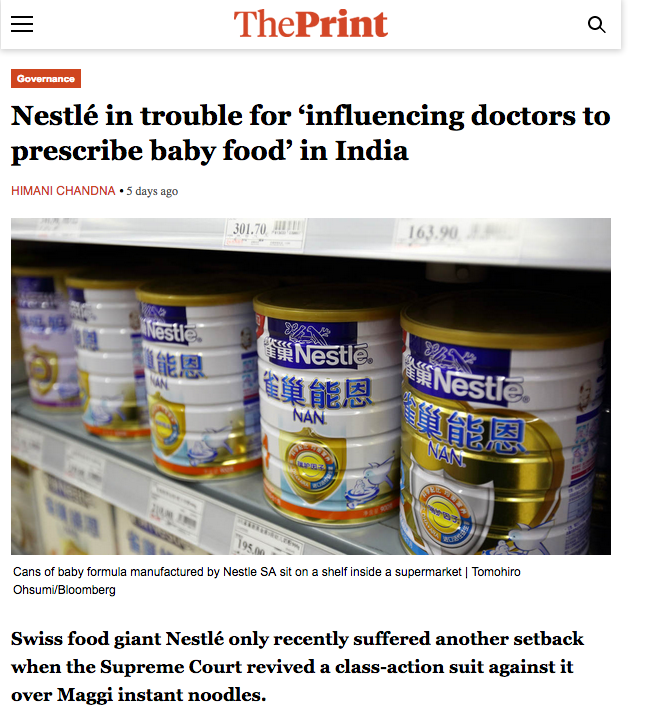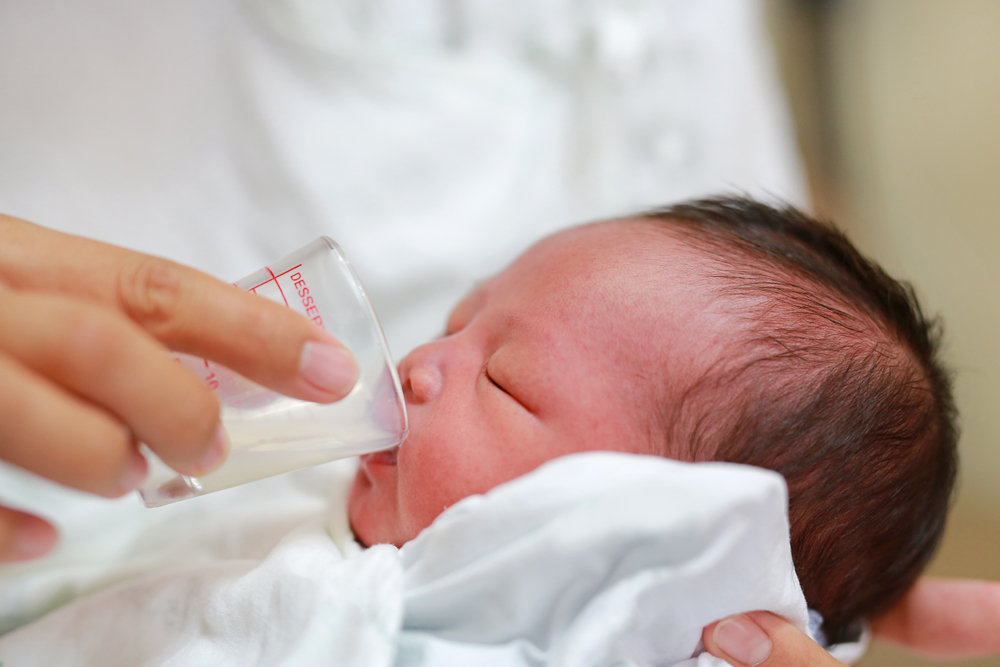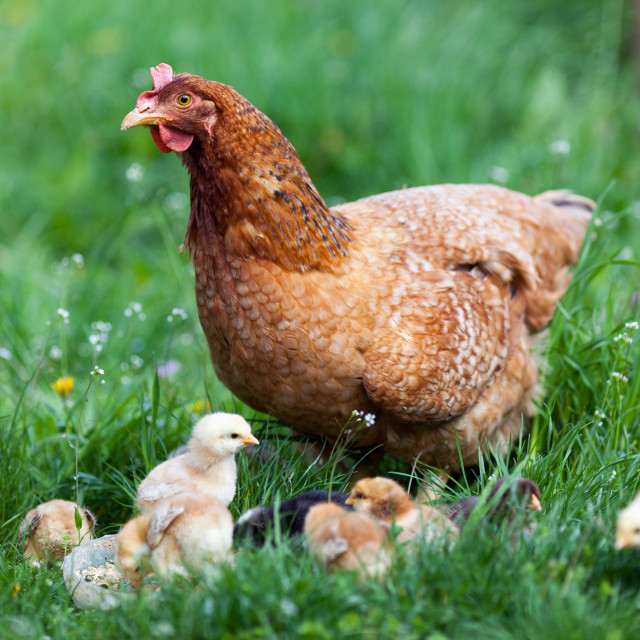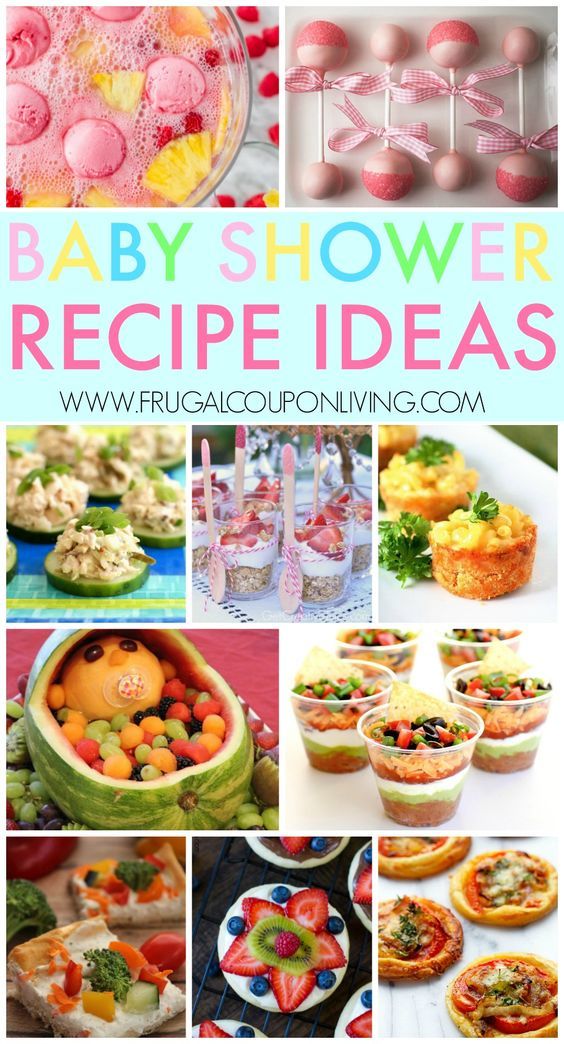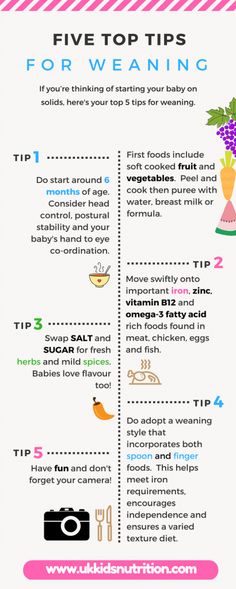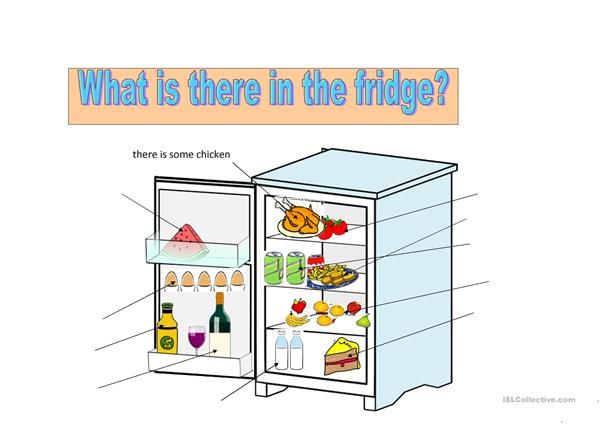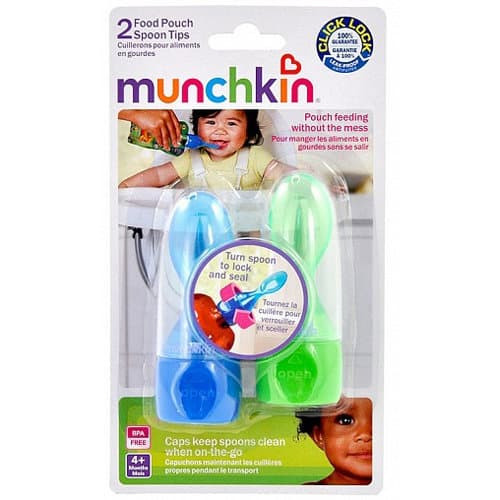Baby food jars or pouches
Baby Food Pouches vs Jars: Pros & Cons Explained
I may receive a commission for purchases made through product links on this page, but I always stand by my opinions and endorsements!
There are so many options and choices when it comes to feeding your baby and, as a new parent, it may be overwhelming.
Initially, the big question is breastfeeding or formula, and then if using formula, which brand is the best fit.
However, before you know it, your child is passed the newborn stage and it’s time to introduce solid foods! Generally, this happens sometime around the six month mark. However, if your baby is double their birth weight and can sit in a highchair and hold their head up, they may be ready for solid food slightly earlier.
If your child is approaching this age, you may have noticed there are two distinct options when it comes to containers of baby food – the jar and the pouch.
So what’s better: Baby food pouches vs jars — or do you need both?
Pouches and jars are both great ways to feed your baby, but overall the more modern pouch is probably the more versatile solution. Pouches encourage independence, are better on-the-go, and can still be portioned onto a spoon just like a jar. Pouches are a bit more expensive than jars, though.
However, a lot of parents choose to use jars at home and pouches on the go — there’s no reason you can’t do both!
Let’s take a closer look at baby food pouches and jars.
Baby Food Jars explained
Glass jars were the original way that pureed baby food was produced for mass distribution in the 1920s.
Today, commercially made baby foods are stored in glass or plastic containers that are recyclable and sometimes reusable.
With jars, the food can be poured into a bowl or scooped straight out of the jar with a spoon to feed baby.
Baby food in jars range in cost from approximately 15 to 30 cents an ounce for fruits and vegetables and around 50 cents an ounce for meats.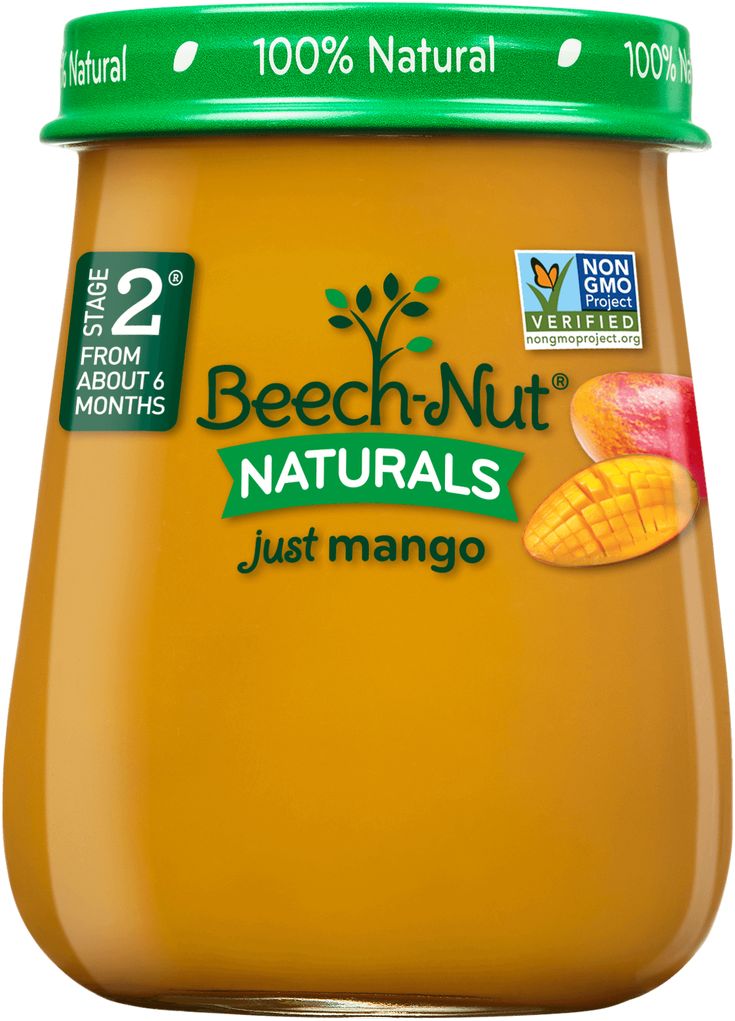
Generally, the foods in a jar offer a wider variety of flavors than the pouches do.
Most of the more recognizable brands, including:
- Gerber
- Beech-Nut
- Happy Baby
- and Earth’s Best
… are all available in jars and can be found both in the traditional box stores as well as via online stores.
Pros and Cons of Baby Food Jars
The glass or plastic jar is a classic choice.
But is it the best choice?
Pros:- The containers are resealable and can be placed back in the refrigerator if they are not consumed in a single feeding.
- Once used, the glass jars can be washed and used for craft projects or for storage of homemade baby foods or can be recycled.
- Gripping a spoon for feeding is a necessary fine motor skill and eating food from a jar is an easy way for a child to practice this skill.
- Glass jars do not contain some chemicals that have been known to leach into foods from plastics when stored long-term.

- Feeding with a spoon can be messy and sometimes there may be more food on the floor and on your child’s face than there is in their stomach.
- Jars or plastic containers are not easily portable in diaper bags, backpacks, or purses.
- It requires the caregiver to be active and participatory throughout feeding time, because children are unable to both hold and steady the jar while using the spoon to bring the food to their mouths.
So, is the baby food pouch better?
Let’s take a look!
The Baby Food Pouch Explained
The baby food pouch is a much more modern development which was introduced by Plum Organics in 2008 but rose quickly in popularity and use.
They are a baglike pouch with a short straw or mouthpiece attachment on the top that dispenses the food directly into baby’s mouth.
(Of course, pouch food can still be squeezed into a spoon by a parent or caregiver. )
)
Baby food pouches tend to be slightly more expensive, generally costing between 20 cents and 40 cents per ounce, with higher end organic brands being a bit more expensive than that.
As previously mentioned, there are not as many choices of flavors in the pouches and the pouches are not recyclable.
All the major brands mentioned previously that can be found in jars are also made in pouches, however the original pouch brand, Plum Organics, continues to only produce its foods in the pouch.
Pros and Cons of Baby Food Pouches
Pouches are modern and are slowly becoming the more popular choice vs jars.
But are they actually better?
Pros:- These are low mess because there is not a distance from the spoon all the way to baby’s mouth since the child can put the straw directly in her mouth and eat it. (However, a rogue squeeze of the pouch can make a big mess!)
- It promotes the development of oral motor muscles, which are important as children are learning to talk.
 When children begin to chew different consistencies of foods, they will benefit from oral motor strength and coordination.
When children begin to chew different consistencies of foods, they will benefit from oral motor strength and coordination. - It is very convenient and fits easily into the side pocket of a diaper bag or purse and it is resealable.
- There are reusable ones that can be purchased to hold your own homemade baby food.
- Often, children will continue to eat from these types of pouches until they are 3, 4, or 5 years old and it can be a good way to get them to eat a healthy snack while on the go.
- Children as young as 7 or 8 months can hold them and use them independently.
- If food never touches a baby or toddler’s face or hands, they may develop aversions to other textures of foods or have a hard time transitioning to finger foods.
- Exclusive use of pouches could delay the development of fine motor skills that are developed with the use of a spoon or with finger foods.

- Because they can use them independently, there is no way to control the amount they are getting in each swallow, and this could result in choking or gagging if the child sucks the food down too quickly.
- The critical age for learning to chew and swallow is 8-11 months. If pouches are used exclusively or most of the time, this could delay mastery of this skill resulting in it being difficult to introduce a wider variety of foods.
- When carried in a purse or bag they may be punctured, which can cause a significant mess. Smaller pinhole punctures can cause the food inside to mold.
Wrapping Up
In the end, which is better? The jar or the pouch?
In my opinion, pouches are the better and more versatile option vs jars.
They can do almost everything a jar can do (be portioned onto a spoon, be re-sealed in many cases, etc.) and are better on-the-go and for encouraging independence.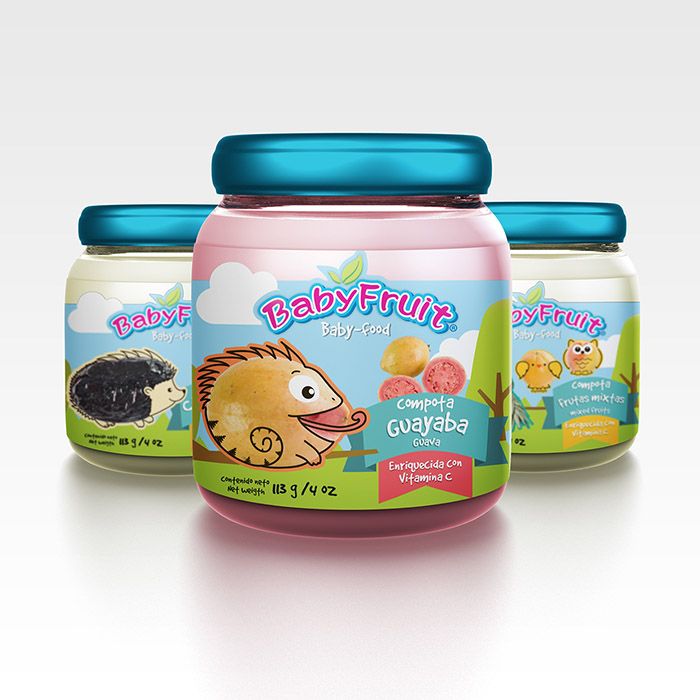
However, the big downside to pouches is that they’re usually more expensive. If you’re on a budget, jars will save you money over time.
Jars are a traditional, time-tested choice and there’s absolutely no reason why you can’t offer your baby both.
Having pouches for on-the-go and using jars at home or at daycare is a great way to combine using both types of baby food storage.
That way, your baby gets all the great benefits of both!
For more comparisons, check out:
- Humidifier vs air purifier for the nursery
- Baby yogurt vs regular yogurt
- NoseFrida vs electric aspirator
Hope this helps!
Baby food packaging pros and cons: Glass jars, plastic bowls, and pouches
When buying baby food, you have a choice of glass jars, plastic containers, and pouches. Glass jars are recyclable and don't leach chemicals, but they're also heavier and more prone to breaking. Plastic containers are lighter and recyclable, but they may leach chemicals into food if not made from BPA-free material. Pouches are convenient, less messy, and won't break, but they aren't recyclable and may delay some developmental skills in children if overused.
Pouches are convenient, less messy, and won't break, but they aren't recyclable and may delay some developmental skills in children if overused.
Premade baby food comes in an array of packaging – including glass jars, pouches made from layers of plastic and foil, and plastic containers. When you're shopping for baby food, here are some things to consider about the different packaging types.
Baby food in glass jars
Pros of glass jars
- Recommended by the American Academy of Pediatrics (AAP) for storing or preparing food (versus plastic containers)
- Eliminates the risk of potentially harmful chemicals found in some plastics that can leach into food
- Recyclable
Cons of glass jars
- Heavier weight than plastic containers or pouches
- Risk of breakage
- Depending on the brand, jar lid liners might contain a chemical called bisphenol A (BPA) (see "Cons of plastic containers" below)
Baby food in plastic containers
Pros of plastic containers
- Lighter weight than glass
- Less likely to break than glass
- Usually recyclable
Cons of plastic containers
- Very small amounts of potentially harmful chemicals – including BPA and phthalates – may leach from the plastic into food.
 To avoid these chemicals, look for baby food that's labeled "BPA-free" or "phthalate-free."
To avoid these chemicals, look for baby food that's labeled "BPA-free" or "phthalate-free." - Heat (for example, from a microwave) or damage to a plastic container increases the chance of chemicals leaching into food.
Advertisement | page continues below
Note: While the U.S. Food and Drug Administration has banned the use of BPA in baby bottles, sippy cups, and infant formula packaging, the agency says that the use of BPA in other types of food packaging is safe.
However, since babies and young children are especially vulnerable to chemical exposures, the AAP recommends that parents avoid plastics marked with these recycling codes:
- 3 (phthalates)
- 6 (styrene)
- 7 (bisphenols, including BPA)
You may also want to look for products in packaging that's labeled "biobased" or "greenware" – these containers are made of plant-based materials.
Baby food in pouches
Pros of baby food pouches
- Lightweight
- Won't break
- Squeezable, which is more convenient on the go – no spoon required
- Less messy, since there's typically less dripping and splatter when the food goes straight from the spout into your child's mouth (if your baby is younger, squeeze the puree into a bowl so you can feed him with a spoon)
Cons of baby food pouches
- Usually more expensive than jarred food
- Not locally recyclable, usually added to landfill
- Overuse of baby food pouches may raise the risk of certain developmental delays and health problems in children (see following caution)
Note: Baby food pouches are lined with polypropylene (designated by recycling code 5), a BPA-free plastic.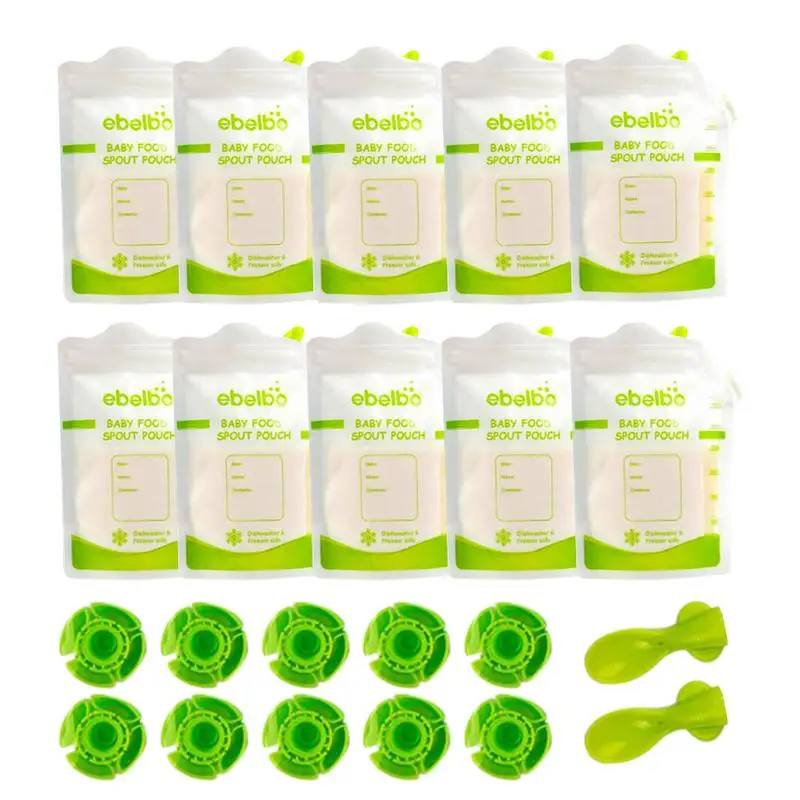
A caution about overusing baby food pouches
A baby who's learning to eat solid foods should gradually progress from purees or soft finger foods to foods with more textures. Overusing pouches, which contain purees, can lead to potential problems in several areas, including:
- Eating skills: If your baby is ready to try food with more texture but continues to eat only purees, this may delay the development of critical eating skills, such as chewing and swallowing thicker or chunkier food. These skills are also important for speech development.
- Range of flavors: Pouch purees often combine multiple ingredients – such as a fruit and vegetable or meat – with the fruit's sweetness as the dominant flavor. So your child may be eating savory foods like beef or kale, but she isn't necessarily becoming familiar with those flavors.
- Eating habits: Some experts believe that the convenience of pouches means parents may make them available too often – whenever a baby or toddler starts fussing, for example.
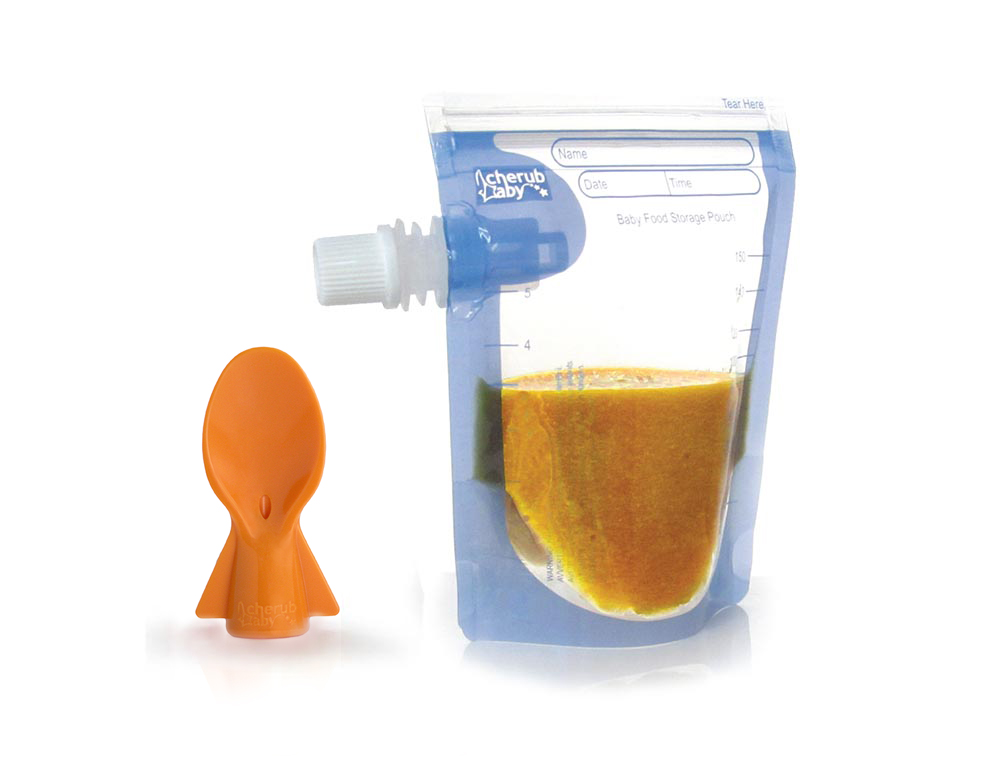 This encourages more frequent snacking that could lead to overeating and an unhealthy association of food with comfort.
This encourages more frequent snacking that could lead to overeating and an unhealthy association of food with comfort. - Dental health: Sucking on pouches of purees, especially ones containing fruit (which is naturally sugary), throughout the day can put babies at a higher potential risk for tooth decay.
As your baby is mastering eating solids, focus on helping her eat developmentally appropriate foods, get used to eating from a spoon, and, eventually, feed herself. Whenever possible, squeeze the pouch contents into a bowl so that your child can see and smell the food as she eats. Save offering food directly from pouches for when you're on the go or as an occasional snack.
Is baby food packaging recyclable?
Glass jars: The glass is recyclable. Separate the metal lids and follow local guidelines for recycling metals. You may need to remove and throw out the lid liner.
Plastic containers: Typically recyclable. Look for a recycling code that indicates the type of plastic and check local guidelines. However, wrappers and pull-off lids may need to go in the trash.
Look for a recycling code that indicates the type of plastic and check local guidelines. However, wrappers and pull-off lids may need to go in the trash.
Pouches: Not recyclable locally. Manufacturers are still looking for a solution to this, although at least one company offers a mail-in recycling program for used baby food pouches.
What else do I need to know about the safety of baby food packaging?
Baby food is perishable. Some store-bought baby foods need to be kept in the refrigerator (if you purchased the food from a store's refrigerated section, this is likely the case). Other baby food is shelf stable and can be stored unrefrigerated until its expiration date.
Once a container of baby food is opened, follow the manufacturer's instructions for storing leftovers and the timeframe for discarding whatever is uneaten.
Always discard baby food in these situations:
- A safety button that isn't flat in a glass jar's lid.
 If the seal of a jar of baby food is broken and a jar doesn't "pop" when you open it, throw it away.
If the seal of a jar of baby food is broken and a jar doesn't "pop" when you open it, throw it away. - Swollen or leaking pouches. Either could be a sign that the food is contaminated.
- Past expiration date. It's a good practice to check the expiration date of any food you feed to your baby.
Understanding baby food labels
There's a lot of information on baby food labels. Here's how to decode some of the most common language you'll see.
"GMO" stands for "genetically modified organism." These are plants, animals, or microorganisms that have had their genetic material altered in some way. There's no evidence that GMO foods are harmful to eat. In the United States, they're regulated by the Food and Drug Administration, along with other government organizations.
You may see the following GMO-related labels on baby food:
- Non-GMO means the food was made without genetic engineering and contains no ingredients derived from GMOs.
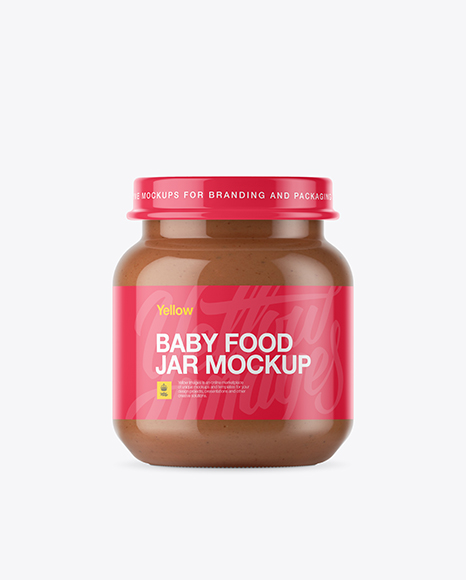
- Non-GMO Project Verified means the product meets the standards of the Non-GMO Project Product Verification program, North America's only third-party verification for non-GMO food and products.
- Bioengineered refers to a specific type of GMO food that can only be created in a lab and can't be found in nature.
The U.S. Department of Agriculture regulates and approves products with organic labels.
If a product has a USDA organic seal, it means the product was grown without the use of GMOs, most synthetic fertilizers, pesticides, and herbicides; and the product doesn't have artificial flavors, colors, or preservatives. If the product contains meat, the livestock only ate 100 percent organic food and wasn't given antibiotics or hormones.
Different versions of the organic label include:
- 100% organic: The ingredients are all 100 percent organic.
- Organic: The ingredients are at least 95 percent organic.
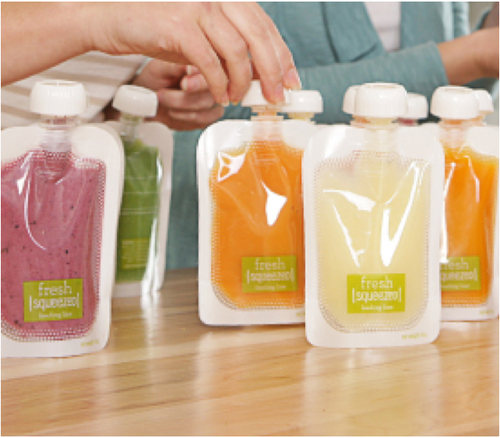
- Made with organic ingredients: The ingredients are at least 70 percent organic.
"OU" stands for Orthodox Union, the world's largest and most widely recognized Kosher certifying agency. A Kosher designation means that the food conforms to Jewish dietary law. Here are the different product designations:
- OU is for kosher products that contain no meat or dairy.
- OU-D is for kosher dairy products.
- OU-M and OU-Glatt are for kosher meat products.
Understanding nutrition labels
There's a lot of information on the nutrition facts label you'll see on baby foods, but not all of it is necessarily relevant for your baby's health. Here's a breakdown of what you'll see on the label.
- The percent daily value on the nutrition facts label includes an amount in grams and a percentage that represents how much of that nutrient the Food and Drug Administration recommends you get in a day.
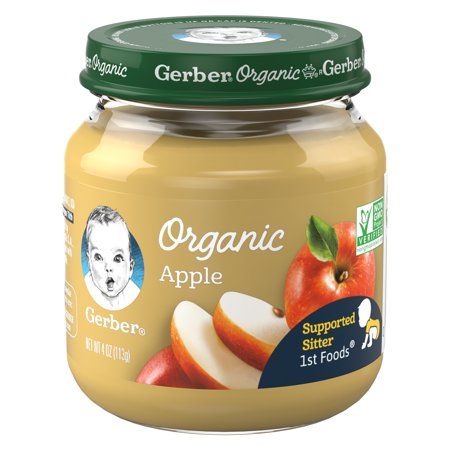 On baby food products, the percentage is based on how much of that nutrient a baby under a year old needs.
On baby food products, the percentage is based on how much of that nutrient a baby under a year old needs. - Calories are a way to measure how much energy you get from a food. There isn't an official recommendation for how many calories a baby needs in a day, and you don't need to worry about calories when feeding your baby. Instead, watch for clues that tell you when your baby has had enough to eat – for example, they'll turn away from a bottle, breast, or spoonful of food when they're not hungry.
- Fat is a concentrated source of energy, a must-have for your growing baby. And fat is essential for brain development – the majority of the brain is composed of fat. You don't need to limit your baby's fat intake.
- Cholesterol helps your body build cells and make vitamins and other hormones. You don't need to limit your baby's cholesterol for the same reason you don't need to limit their fat – they need the energy since they're growing so quickly.
- Sodium is the salt in a food product.
 Babies get enough sodium in the breast milk or formula they drink. Experts advise against giving your baby extra salt in their diet before they're 2 years old.
Babies get enough sodium in the breast milk or formula they drink. Experts advise against giving your baby extra salt in their diet before they're 2 years old. - "Total sugars" refers to both naturally occurring and added sugars in a product. Naturally occurring sugars are found in many healthy foods, such as fruit and milk. Added sugars are those added to foods and drinks during processing or preparation – like corn syrup and white sugar. Experts advise against giving children under 2 years old added sugar in their diet.
- Protein is another essential nutrient that you don't need to limit in your baby's diet.
- The FDA requires that manufacturers include vitamin D, calcium, iron, and potassium, since people in the United States often don't get enough of those nutrients in their diets. Manufacturers may include other vitamins and minerals, too.
Was this article helpful?
Yes
No
How to check baby food packaging for defects?
When buying baby food, pay attention not only to the composition of the product and expiration date, but also to its packaging.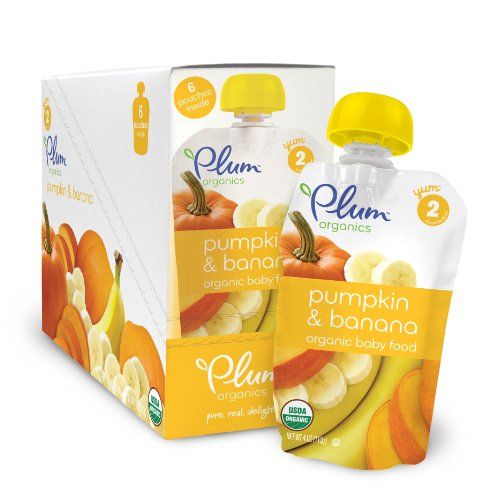 The product in a convenient package will make parental life a little more comfortable. And by checking the integrity and tightness of the container, you will avoid buying a product that cannot be eaten.
The product in a convenient package will make parental life a little more comfortable. And by checking the integrity and tightness of the container, you will avoid buying a product that cannot be eaten.
Baby food is found on the shelves in a variety of packaging. Classic glass jars for one snack, tetra-pack boxes, plastic cups and bottles, soft pouch bags - each type of packaging has its own characteristics, pros and cons. Let's take a look at how the material from which the packaging is made affects the characteristics of the product you buy. nine0005
- Glass
Typically, baby food manufacturers pack fruit, vegetable, meat purees, as well as everything that is similar in consistency, such as pates, into glass jars. It is convenient to heat the product in a water bath or in a special heater. The advantages of glass containers are in the environmental friendliness and safety of the material. Glass is chemically neutral and does not react with the contents of the jar, it is easy to recycle.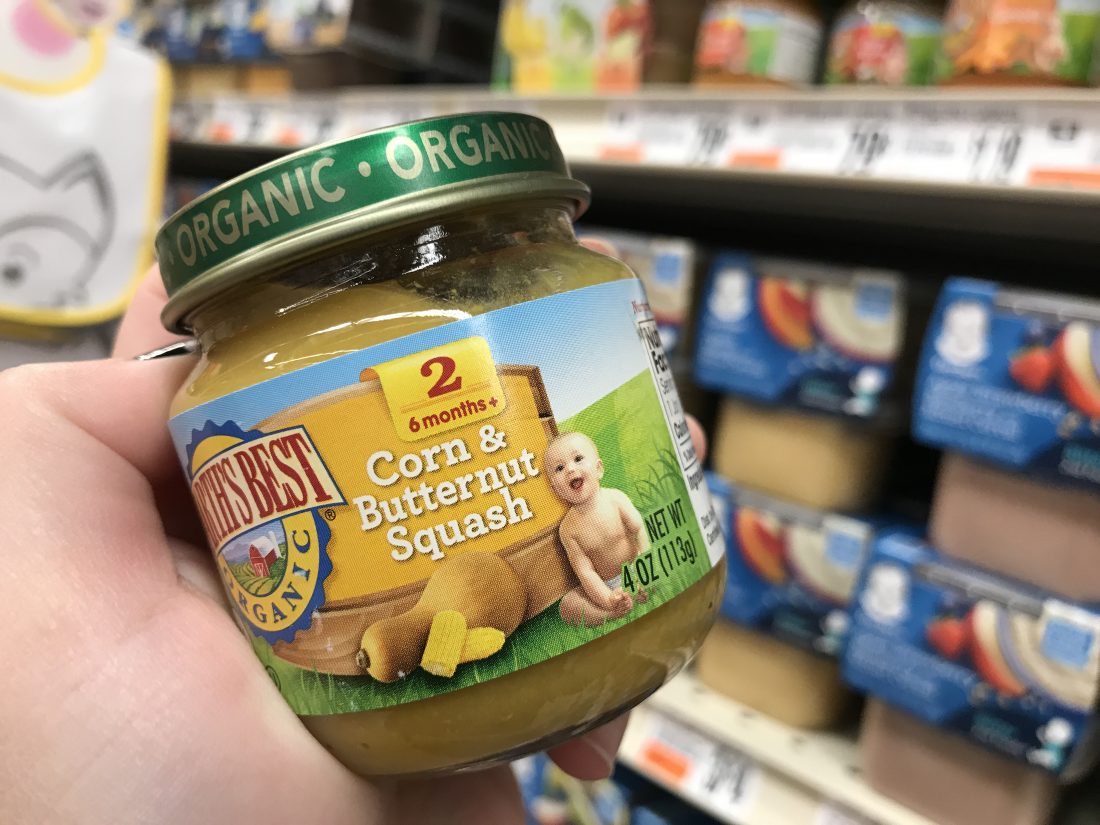 It ensures the safety of the product throughout the entire shelf life, if the storage mode is observed correctly (do not allow freezing or exposure to direct sunlight, twisting or damage to the lid). Glass jars are great for feeding your baby at home when you have a spoon and utensils handy to warm up the food. The disadvantage of glass is its fragility: there is hardly a single parent in the world who has never accidentally broken such a jar of food. nine0005
It ensures the safety of the product throughout the entire shelf life, if the storage mode is observed correctly (do not allow freezing or exposure to direct sunlight, twisting or damage to the lid). Glass jars are great for feeding your baby at home when you have a spoon and utensils handy to warm up the food. The disadvantage of glass is its fragility: there is hardly a single parent in the world who has never accidentally broken such a jar of food. nine0005
How to check glass packaging?
Improper transport or storage can cause defects even in safe glass containers. From impact, shaking or temperature changes, the lid may be deformed, and the jar will no longer be airtight. Incorrect storage or an expired expiration date may cause the lid to bulge. Jars with cracks, chips, swollen or bent lids should not be bought. And be sure to pay attention to the sound when you open the lid - you should hear a light but distinct pop. This is a guarantee that the contents can be given to the child. No cotton? Such food should not be given to a child. nine0005
No cotton? Such food should not be given to a child. nine0005
2. Cardboard
Carton boxes are usually filled with products of a liquid consistency - juices and nectars, milk, milkshakes, compotes, fruit drinks. They also pack vegetable and fruit puree soups, cereals. Although the box is called a cardboard box, in fact, the packaging consists of several layers of different materials - in addition to cardboard, it has a thin plastic film and aluminum foil. Such a "layer cake" becomes an effective barrier against the external environment. Sealed packaging retains all vitamins and useful trace elements and does not let the sun's rays through, unlike transparent glass. Boxes are easy to store, withstand impact better, and weigh less than glass containers. True, recycling composite materials is much more difficult than glass. nine0005
How to check cartons?
Often the boxes are equipped with a plastic tube and a hole for it - or a lid with a "window" covered with a foil membrane. It happens that unscrupulous buyers in the store open this membrane or it is torn during transportation. Be sure to check that the foil is in place, does not move away from the edge or is torn. If the box has a screw-on plastic lid, make sure that the lid fits snugly on the package and does not move away from it, and that all the “locks” under the lid are intact. There should be no cracks, dents, swellings on the box..
It happens that unscrupulous buyers in the store open this membrane or it is torn during transportation. Be sure to check that the foil is in place, does not move away from the edge or is torn. If the box has a screw-on plastic lid, make sure that the lid fits snugly on the package and does not move away from it, and that all the “locks” under the lid are intact. There should be no cracks, dents, swellings on the box..
3. Plastic
Plastic containers and bottles usually sell children's dairy and fermented milk products - cereals, biocurd, drinks like yogurt or kefir. As a rule, they are closed with a special foil membrane. Such jars are light weight and do not break when dropped - this is their big plus. But upon impact, the plastic can be deformed, and the foil lid can tear, and then pathogenic microorganisms from the external environment will enter the contents. nine0005
At the production stage, the ingress of pathogenic microorganisms into the product is completely excluded: all processes are completely closed and automated, and the finished product undergoes strict control.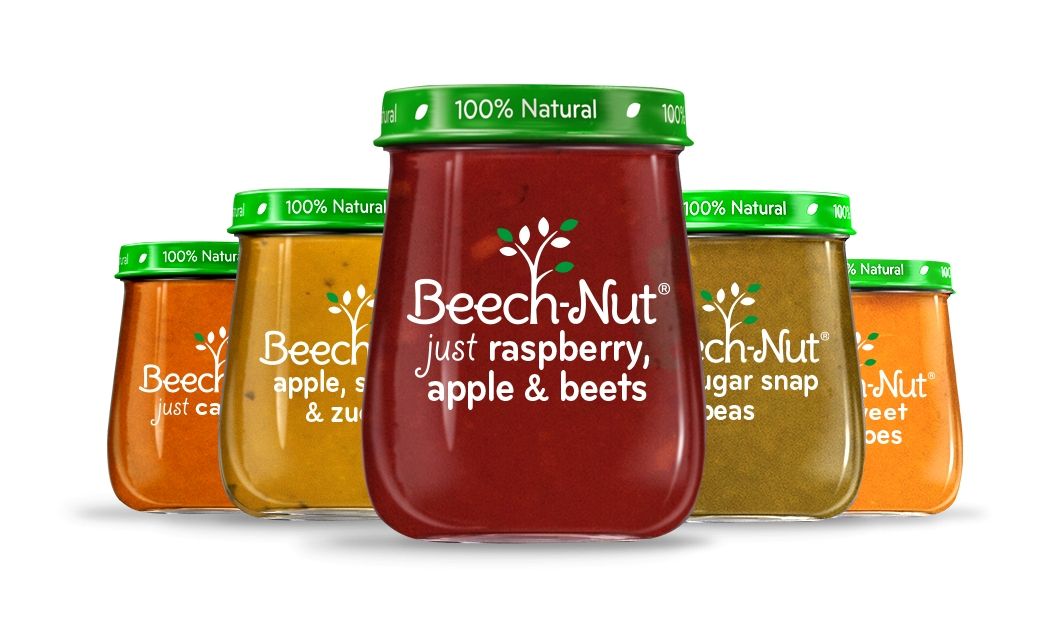 When buying, it is very important to check the integrity of food packaging to make sure that you are buying a healthy, tasty and safe product”, — Olga Krasnikova , Quality Director of PROGRESS JSC (FrutoNyanya brand) comments on .
When buying, it is very important to check the integrity of food packaging to make sure that you are buying a healthy, tasty and safe product”, — Olga Krasnikova , Quality Director of PROGRESS JSC (FrutoNyanya brand) comments on .
How to check plastic packaging? nine0004
When visually inspected, plastic cups and bottles must be intact, without dents. Pay attention to the lid - it should fit snugly on the package and not be torn anywhere.
4. Puree Pouches
Pouches are a relatively new type of packaging, but many parents have already appreciated its absolute convenience. These are pouch-like bags made of soft but dense plastic with a screw-on plastic lid. Mashed potatoes and pureed desserts are packaged in such bags - something that can be given to the baby on the road so that he holds the pouch with his hands, squeezes food out of it and can eat on his own. Thanks to a special spout, parents can forget about the risk of getting everything dirty. Such packages are especially convenient to take with you for a walk - they are light, compact, do not break or wrinkle. nine0005
Such packages are especially convenient to take with you for a walk - they are light, compact, do not break or wrinkle. nine0005
How to check pouch bags?
And again, pay attention to the integrity of the entire package - the spiders are quite difficult to tear or ruin, but it still happens. The risk zone is the lid: when you open it, you should hear a characteristic click, indicating that the package was airtight.
5. Bags for dry products
Soft plastic packaging is also used for packaging dry products - cereals that need to be diluted with liquid or boiled, as well as various snacks (for example, fruit pieces resembling marmalade). Such packages are equipped with a reliable ZIP-lock - it hermetically closes the package, keeps the product fresh and protects it from moisture penetration. Even if the child picks up a closed bag and decides to play with it, the contents will not wake up. nine0005
How do I check ZIP-locked packages?
In the store, check the tightness of the lock - it must be intact and not torn.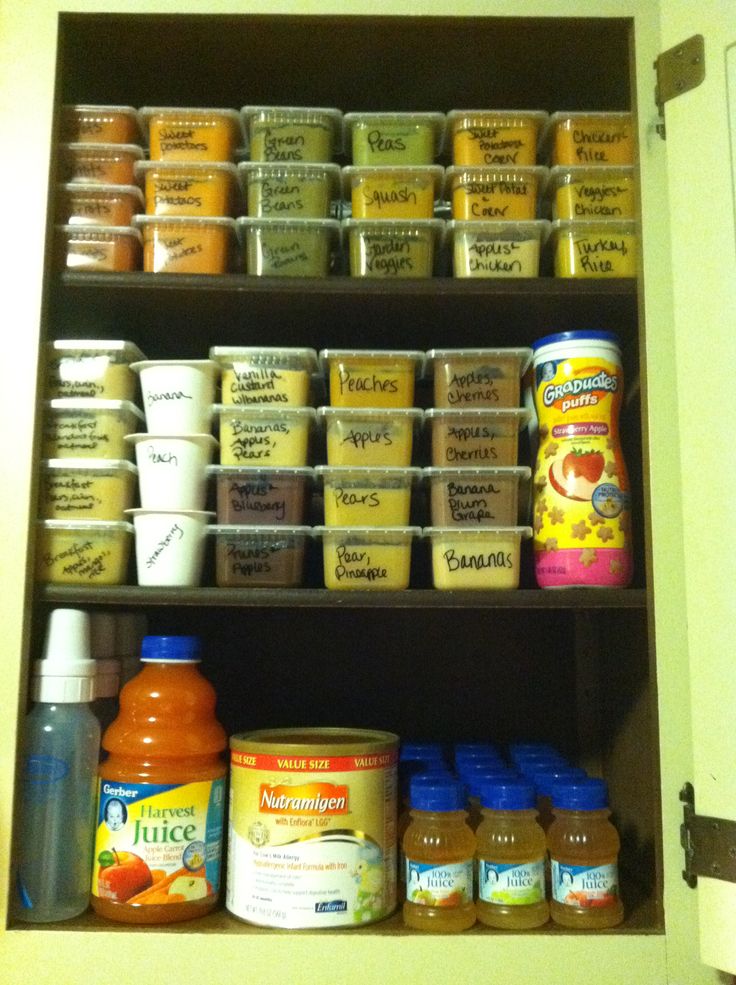 Check the package itself: creases, cracks, holes - a reason to leave this product on the shelf. Call a store employee, show him the damaged product and ask him to remove it so that other buyers do not take it.
Check the package itself: creases, cracks, holes - a reason to leave this product on the shelf. Call a store employee, show him the damaged product and ask him to remove it so that other buyers do not take it.
How to store expressed breast milk
If a nursing mother creates a breast milk bank for her own needs, she chooses the containers that are convenient for her. If we are talking about expressing and freezing donor breast milk, then the issue of packaging is a matter of bilateral agreement. Storage containers should be comfortable for the breastfeeding mother and comfortable for the host family at the same time, as they may have their own ideas about this. In most cases, the container is provided by the host family, so it makes sense to discuss this issue before starting cooperation on the exchange of donor breast milk. nine0005
- In freezer bags for fruit and vegetables
These bags are sold in supermarkets and hypermarkets. They are specially designed for freezing food, they are certified, so they do not release any substances into the food, they are strong enough and with a reliable latch so as not to tear or open during storage (of course, if these are high-quality freezer bags).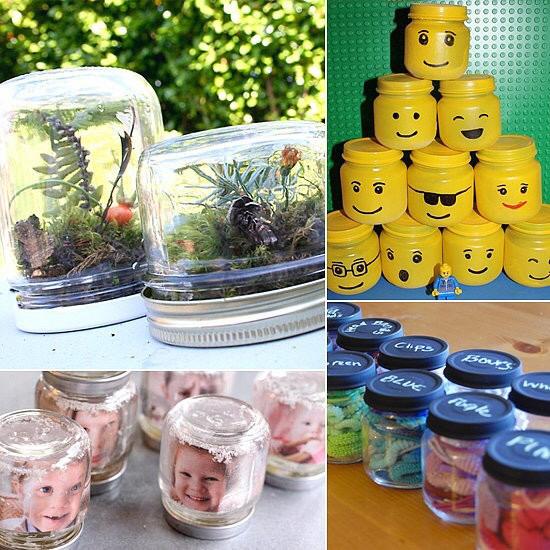 Since the daily portion of donor milk rarely exceeds the volume of 200 ml, so that it is not “lost” in the bag, it is better to use packages of the minimum volume that are on sale. nine0005
Since the daily portion of donor milk rarely exceeds the volume of 200 ml, so that it is not “lost” in the bag, it is better to use packages of the minimum volume that are on sale. nine0005
- In clean baby food jars
If a mother buys industrial baby food for her child, sometimes a fairly large supply of these jars accumulates in the house. They come with a well-closing lid, and the glass itself is inert and great for long-term storage. Jars must be thoroughly washed before use. Also, do not forget the old trick with a bursting frozen full jar, so you need to freeze the jars not completely filled so that milk, like any liquid, has a place to expand. Glass jars are also convenient because they are reusable. When the milk from the jar is eaten, it can be washed and reused to store the next portion. The disadvantage of jars is that they take up a lot of space in the freezer. nine0005
- In sterile test jars
Sterile test jars are available in pharmacies.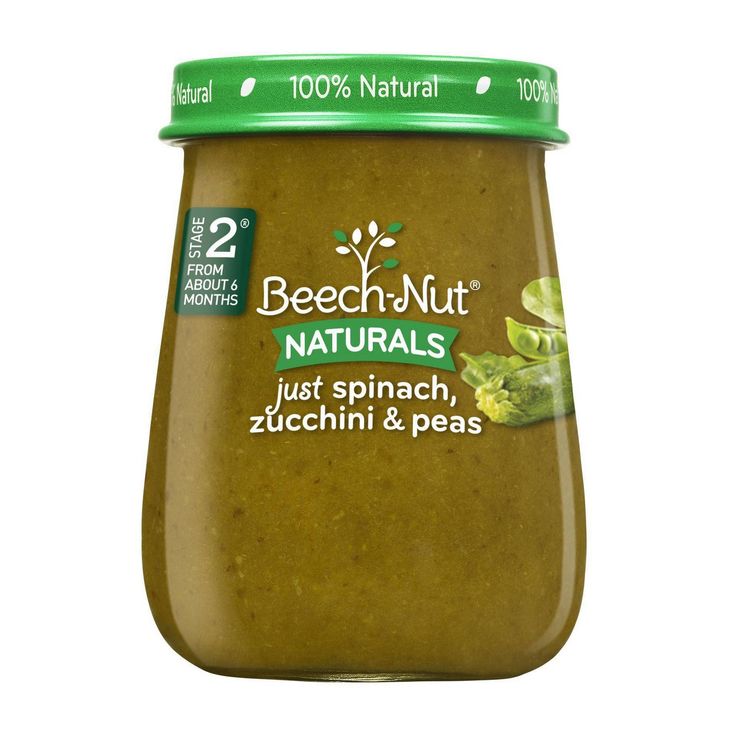 They are small, they have a measuring scale in milliliters, which is convenient for determining the amount of milk in a jar. According to the terms of their intended use, it is assumed that such jars can be cooled and frozen, therefore they are made of inert plastic, which does not release anything when cooled and frozen. Such jars take up less space in the freezer than the previous ones, but still more than soft plastic bags. nine0005
They are small, they have a measuring scale in milliliters, which is convenient for determining the amount of milk in a jar. According to the terms of their intended use, it is assumed that such jars can be cooled and frozen, therefore they are made of inert plastic, which does not release anything when cooled and frozen. Such jars take up less space in the freezer than the previous ones, but still more than soft plastic bags. nine0005
- In ice packs
Although these packs are not convenient for everyone, some mothers adapt not to defrost the whole pack at once, but to carefully cut a few cubes from it and defrost exactly the small portion that is needed for feeding. When using such bags, you need to pay special attention to their strength, as they are often made of very thin plastic, and they tear easily.
- In any strong bag or container intended for food storage
In principle, breast milk is the same food for the baby as the rest of our food, so any containers designed for cooling and freezing food are suitable for storage. It is only necessary not to forget about the general rules of hygiene.
It is only necessary not to forget about the general rules of hygiene.
- In sterile bags used by the food and biological industries to store samples
made of durable and inert plastic. nine0005
- In special bags for breast milk
Manufacturers of goods for children offer us this option. They are small, as a rule, with a marking in the form of a scale that allows you to determine the amount of milk in the bag. But these packages are of different quality even from the same manufacturer, and, despite their high cost, according to mothers, it happens that they are torn and opened during storage.
- In special breast milk containers
This is the most expensive storage container and is significantly more expensive than even special bags. These containers are strong enough that they do not crack, but they can leak if the lid is screwed loose or askew, which is easy to do in a hurry. And they take up more space in the freezer than all the previous options.

